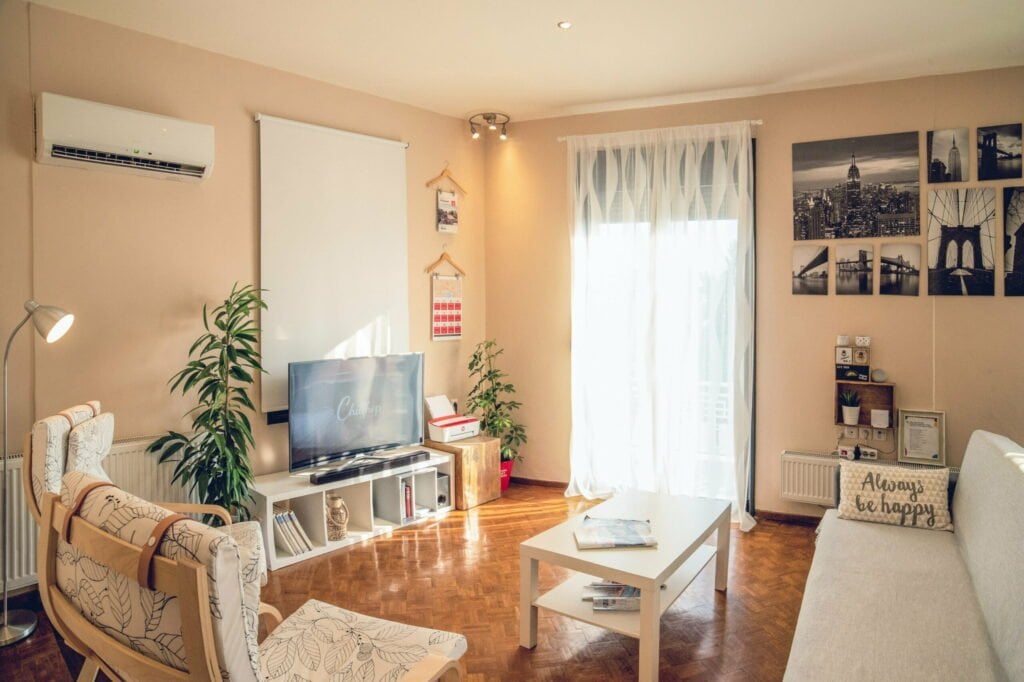

Sustainable Tourism: The Inconvenient Truth About Your ‘Eco-Friendly’ Holiday

As Seen On
Let’s face it: we all love to travel. Something is intoxicating about jetting off to exotic locales, snapping Instagram-worthy pics, and coming back with stories that’ll make your cubicle-bound colleagues green with envy. But here’s the kicker – our wanderlust might just be killing the planet.
Before you close this tab and go back to planning your next ‘eco-resort’ getaway, hear me out. I’m about to take you on a journey through the complex world of sustainable tourism. By the end of this article, you’ll understand why your bamboo straw isn’t saving the world and why that might actually be okay.

The Sustainable Tourism Conundrum: When Good Intentions Go Bad
Picture this: You’ve just arrived at a beautiful, remote beach in Thailand. The resort proudly boasts about its sustainability initiatives – solar panels, locally sourced food, and trendy reusable water bottles. You pat yourself on the back for choosing such an eco-conscious destination. But here’s where it gets interesting…
That flight you took to get there? It probably pumped out more CO2 than the average Thai villager produces in a year. Those ‘locally sourced’ ingredients? They might be depleting resources that the local community relies on. And that pristine beach? Well, it might not stay pristine for long with the influx of well-meaning tourists like yourself.
Sustainable tourism, my friends, is a complex beast. It’s not just about reducing plastic straws and reusing your towels. It’s a delicate balancing act between environmental conservation, cultural preservation, and economic development. And let me tell you, it’s a balance we’re often getting wrong.
The Dirty Truth: Why Your ‘Eco-Resort’ Might Be Greenwashing
I’m not here to make you feel guilty about your travel habits. (Well, maybe a little.) But it’s time we faced some hard truths about the sustainable tourism industry.
- The Carbon Conundrum: No matter how eco-friendly your destination is, flying halfway across the world to get there contributes significantly to carbon emissions. A single long-haul flight can emit more CO2 than some produce in a year.
- The Local Economy Myth: Many eco-resorts claim to support local economies. But in reality, much tourism revenue often leaves the local area, benefiting large corporations instead of local communities.
- The Overcrowding Paradox: Popular eco-tourism destinations can become victims of their own success. As more tourists flock to these ‘unspoiled’ locations, the very ecosystems and cultures they come to appreciate can be overwhelmed and damaged.
- The Authenticity Illusion: In an effort to cater to tourists’ desires for an ‘authentic’ experience, some destinations create a kind of cultural Disneyland that bears little resemblance to actual local life.
But don’t despair just yet. There’s more to this story, and it’s not all doom and gloom. In fact, the solution might be simpler – and more challenging – than you think.
The Counterintuitive Solution: Why Less Might Actually Be More
Here’s a radical thought: what if the key to truly sustainable tourism is about something other than finding the perfect eco-resort or buying carbon offsets? What if it’s about… travelling less?
I know, I know. It sounds heretical in our globe-trotting, bucket-list-ticking culture. But hear me out.
By travelling less frequently but staying longer, we can significantly reduce our carbon footprint while having a more meaningful impact on the destinations we visit. Instead of jetting off to a new country every few months, what if we spent a month or two really immersing ourselves in a place?
This approach, sometimes called “slow tourism”, can have some surprising benefits:
- Deeper Cultural Understanding: Spending more time in one place allows for genuine connections with local communities, fostering real cultural exchange.
- Reduced Environmental Impact: Fewer flights mean lower carbon emissions. Plus, longer stays often lead to more sustainable living habits while travelling.
- Greater Economic Benefit: Longer-term visitors tend to spend more money in local economies, providing more sustained support to communities.
- More Authentic Experiences: With more time, you can venture off the beaten path and experience destinations as they really are, not just the sanitised tourist version.
But let’s be real—this isn’t an easy sell. Our culture values novelty and variety. Spending your precious holiday time in just one place might seem boring or limiting. But that’s where the real challenge—and opportunity—lies.
The Future of Sustainable Tourism: It’s Up to Us
As a digital marketer at CJ&CO, I’ve seen firsthand how powerful consumer choices can be in shaping industry trends. The future of sustainable tourism isn’t just in the hands of policymakers or travel companies – it’s in our hands as travellers.
Here’s where it gets really interesting. By demanding truly sustainable options and being willing to travel differently, we can reshape the entire tourism industry. And trust me, as someone who works in digital marketing, I can tell you that businesses pay very close attention to what consumers want.
Imagine a world where travel companies compete on the basis of their genuine sustainability credentials, not just greenwashing, and airlines invest heavily in carbon-neutral technologies because passengers demand them. Where destinations limit tourist numbers to protect their environments and cultures, and travellers willingly pay a premium for the privilege of visiting.
It isn’t just a pipe dream. It’s already happening in places like Bhutan, which limits tourist numbers and charges a daily fee to support sustainable development. Or in Amsterdam, which is actively discouraging certain types of tourism to preserve the city’s liveability for residents.
The Choice Is Yours: Will You Be Part of the Problem or the Solution?
So here we are, at the end of our journey through the complex world of sustainable tourism. I’ve thrown a lot at you – inconvenient truths, counterintuitive solutions, and a vision of a radically different future of travel.
Now, you might be thinking, “Great, another article telling me I’m a terrible person for wanting to see the world.” But that’s not what this is about. It’s about recognising the power we have as travellers to shape the industry and protect the places we love.
The next time you’re planning a trip, I challenge you to think differently. Consider staying longer in one place instead of hopping between destinations. Look beyond the “eco-friendly” label and dig into what a destination or company is really doing for sustainability. Most importantly, consider the real impact of your travel—both positive and negative.
Remember, sustainable tourism isn’t about perfection. It’s about making conscious choices and continuously striving to do better. As we say at CJ&CO, it’s about progress, not perfection.
So, are you ready to be part of the solution? The future of sustainable tourism – and the future of the destinations we love – depends on the choices we make today. Choose wisely.
Frequently Asked Questions:
Is it better to visit popular destinations or seek out lesser-known places?
There’s no one-size-fits-all answer. Popular destinations often have more developed sustainability practices, but they may suffer from over-tourism. Lesser-known places might offer more authentic experiences but may lack the infrastructure to handle visitors sustainably. Research your specific destination to make an informed choice.
How can I practice “slow tourism”?
Start by choosing one destination for your trip rather than multiple. Plan to stay for an extended period – ideally several weeks or even months if possible. Immerse yourself in local life, learn some of the language, and explore beyond the main tourist attractions.
Gracie Jones
Up until working with Casey, we had only had poor to mediocre experiences outsourcing work to agencies. Casey & the team at CJ&CO are the exception to the rule.
Communication was beyond great, his understanding of our vision was phenomenal, and instead of needing babysitting like the other agencies we worked with, he was not only completely dependable but also gave us sound suggestions on how to get better results, at the risk of us not needing him for the initial job we requested (absolute gem).
This has truly been the first time we worked with someone outside of our business that quickly grasped our vision, and that I could completely forget about and would still deliver above expectations.
I honestly can’t wait to work in many more projects together!
Disclaimer
*The information this blog provides is for general informational purposes only and is not intended as financial or professional advice. The information may not reflect current developments and may be changed or updated without notice. Any opinions expressed on this blog are the author’s own and do not necessarily reflect the views of the author’s employer or any other organization. You should not act or rely on any information contained in this blog without first seeking the advice of a professional. No representation or warranty, express or implied, is made as to the accuracy or completeness of the information contained in this blog. The author and affiliated parties assume no liability for any errors or omissions.

